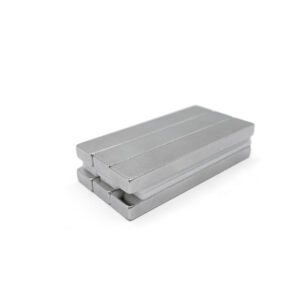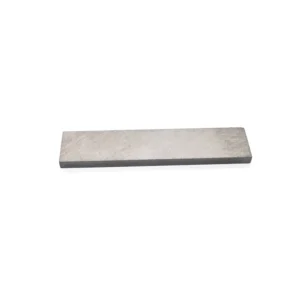Uncategorized
Pickups Unwound: Alnico vs. Ceramic vs. NdFeB Magnets
The main difference between Alnico magnets and ceramic ferrite magnets in guitar pickups lies in their material properties and the resulting effect on the pickup’s tone and performance:
Alnico Magnets:
- Warmer, smoother tone: They produce a more vintage, mellow, and natural sound with less high-end bite.
- Lower magnetic strength: Generally weaker than ceramic, resulting in lower output and a more “airy” feel.
- More susceptible to demagnetization: Strong external magnetic fields can weaken their magnetism.
- Higher cost: Due to the use of rare earth elements like nickel and cobalt.
Ceramic Ferrite Magnets:
- Brighter, sharper tone: They generate a more aggressive, punchy sound with pronounced highs and mids.
- Higher magnetic strength: Produces a stronger output and increased sustain.
- More resistant to demagnetization: Less prone to losing magnetism from external influences.
- Lower cost: More affordable due to the cheaper materials used.
NdFeB Magnets:
- Brightest, most articulate tone: Offer the strongest and most focused sound with exceptional clarity and attack.
- Highest magnetic strength: Significantly stronger than both Alnico and ceramic, leading to the highest output and longest sustain.
- Highly resistant to demagnetization: Almost immune to losing magnetism.
- Highest cost: Most expensive due to the use of neodymium, a rare earth element.


Ultimately, the choice between Alnico, ceramic ferrite, and NdFeB Magnets depends on your personal preferences and playing style.
- If you prefer a vintage, warm sound and value smooth playability, Alnico might be your best choice.
- If you want a brighter, more aggressive tone with high output and sustain, ceramic ferrite could be a good option.
- If you prioritize clarity, articulation, and maximum power, NdFeB magnets offer the highest performance at the cost of a potentially harsher tone and higher price tag.
I hope this clarifies the differences between these magnet types and helps you make an informed decision for your guitar pickups!



